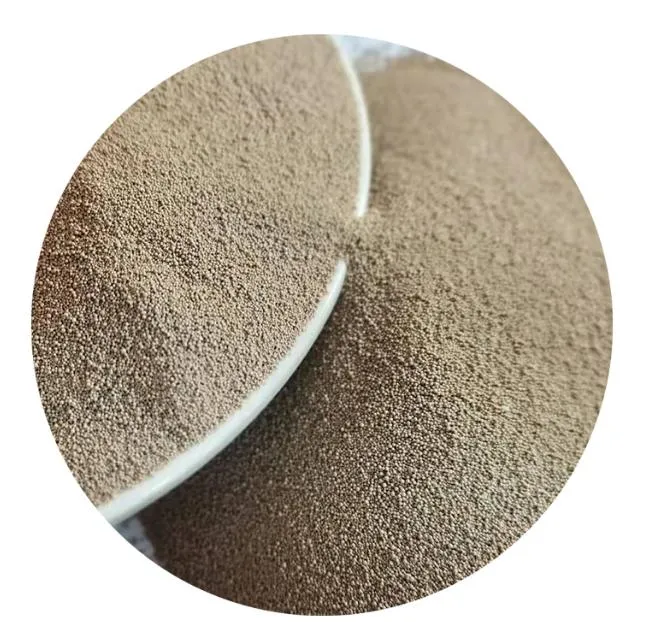

Using a gentle, circular motion, begin sanding with the coarse grit, ensuring that all areas of the surface are evenly abraded. It's crucial to maintain consistent pressure to avoid creating uneven surfaces. Progressively move to finer grits, each time cleaning the surface and changing the water to prevent contamination from coarser particles. The final stages of sanding should leave you with a surface that appears matte but smooth to the touch. After finishing the sanding process, polishing the resin surface is the next step to achieving that desired glossy appearance. Polishing compounds designed specifically for resin are available and should be used with a soft cloth or a polishing machine, applying gentle pressure to bring out the inherent luster of the resin. Beyond the aesthetics, sanding resin can also enhance its functional qualities. For instance, handles or grips made of resin benefit from a smooth, ergonomic finish, and crafting components can fit together more precisely after proper sanding. While sanding resin might seem daunting, especially to beginners, approaching it with patience and precision can transform a lackluster project into a professional-grade piece. Through consistent practice and attention to detail, mastering this skill is not only possible but highly rewarding. Understanding the intricacies of your materials and tools is part of developing expertise that instills trustworthiness and authority in your craft. In conclusion, sanding resin is not merely an optional step but rather a pivotal one in ensuring the quality and appeal of your finished project. Whether you're a hobbyist or a professional, embracing the challenges and solutions that come with sanding resin will undoubtedly enhance the caliber of your work and satisfaction in your artistic endeavors. Post time:фев. . 18, 2025 09:47
Next:can i sand resin
